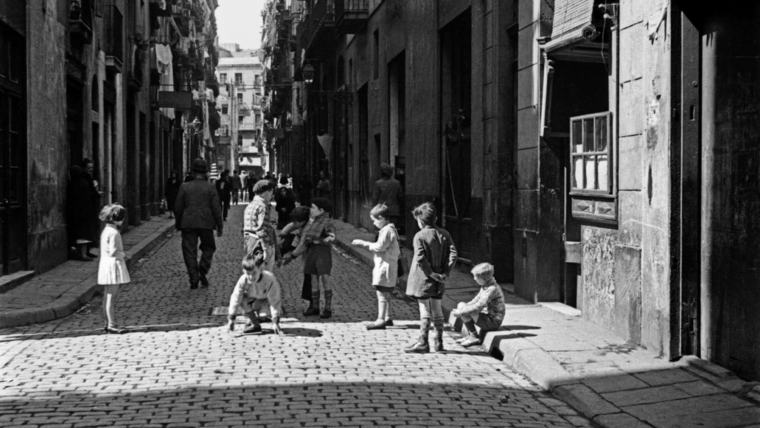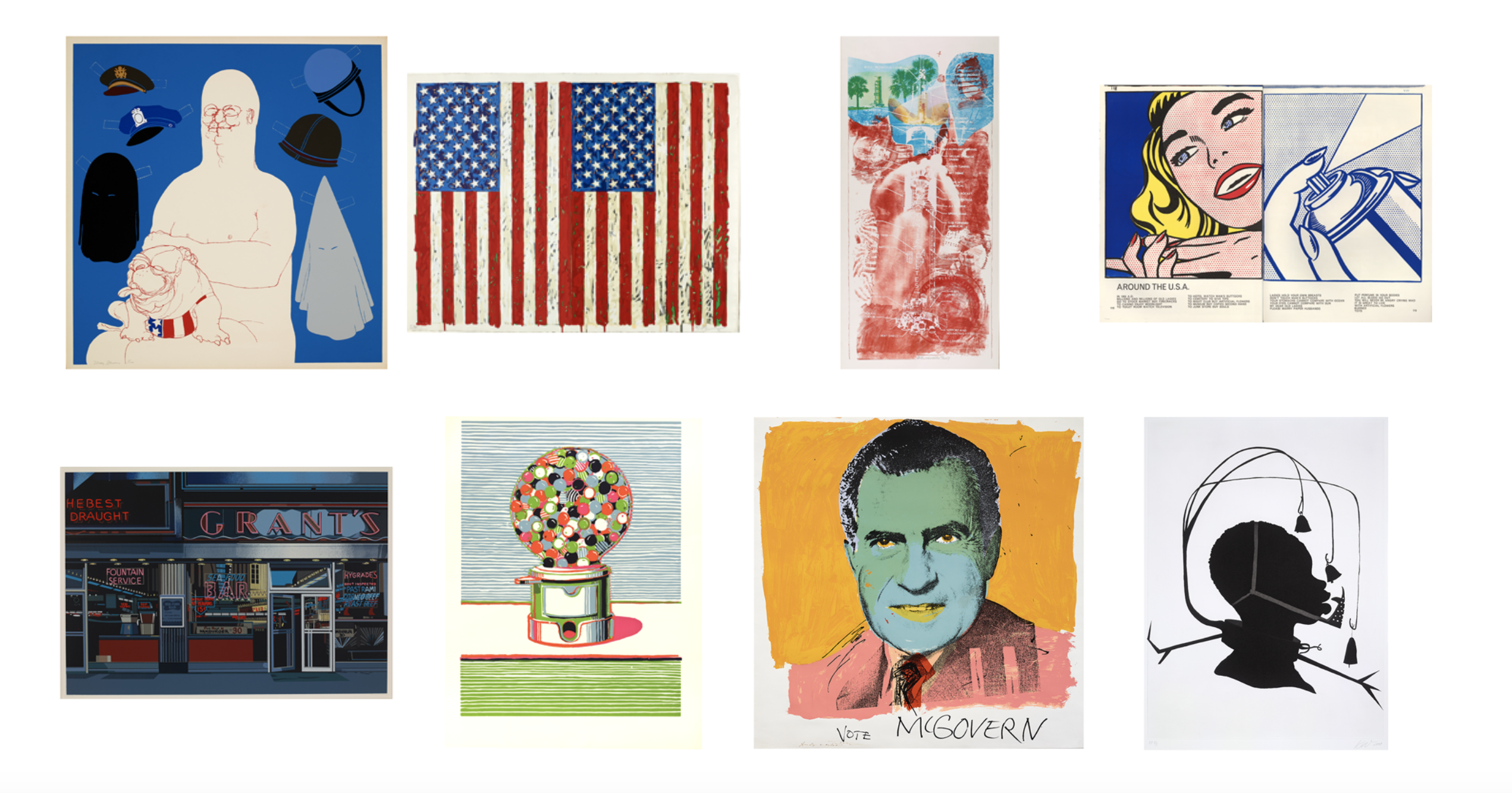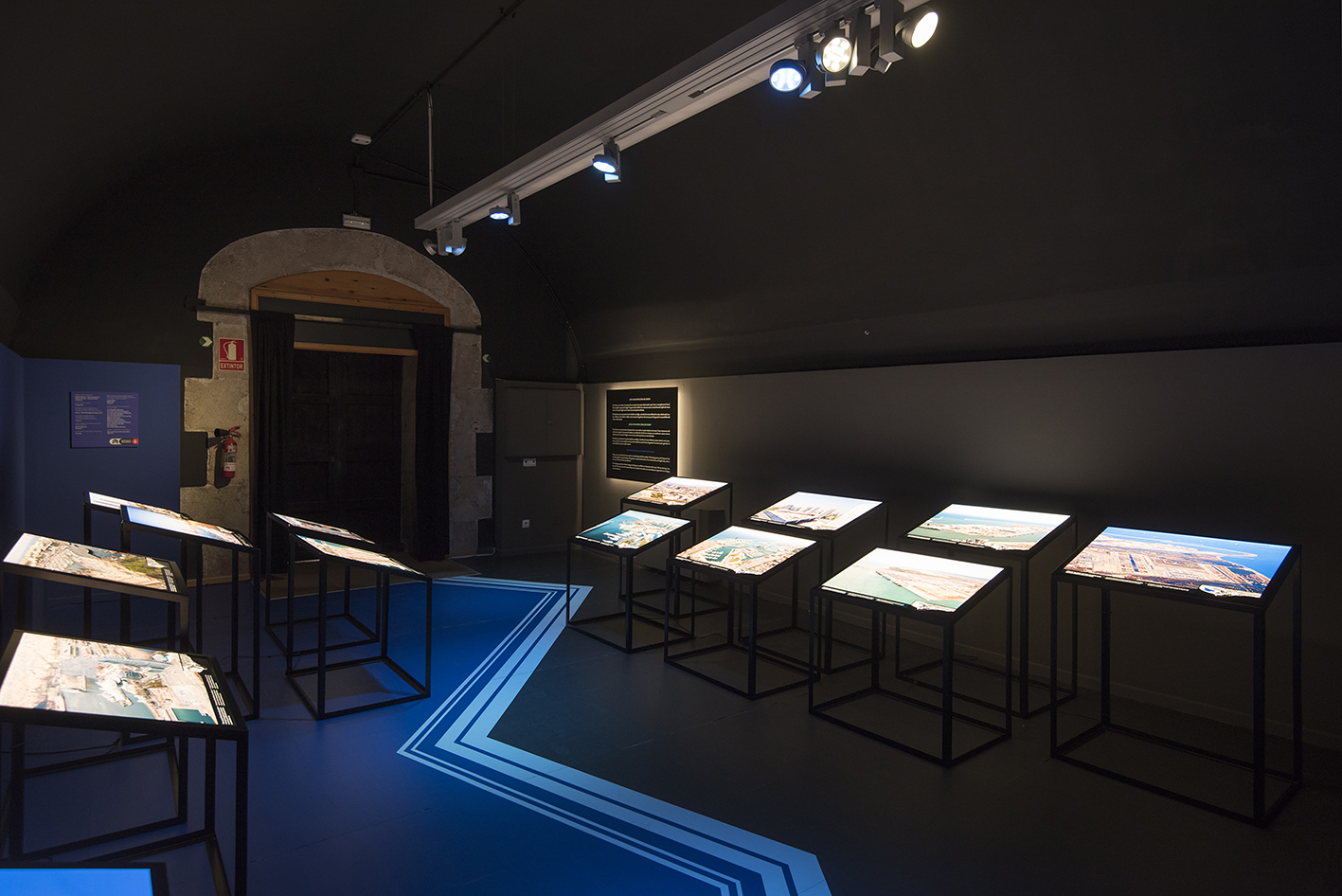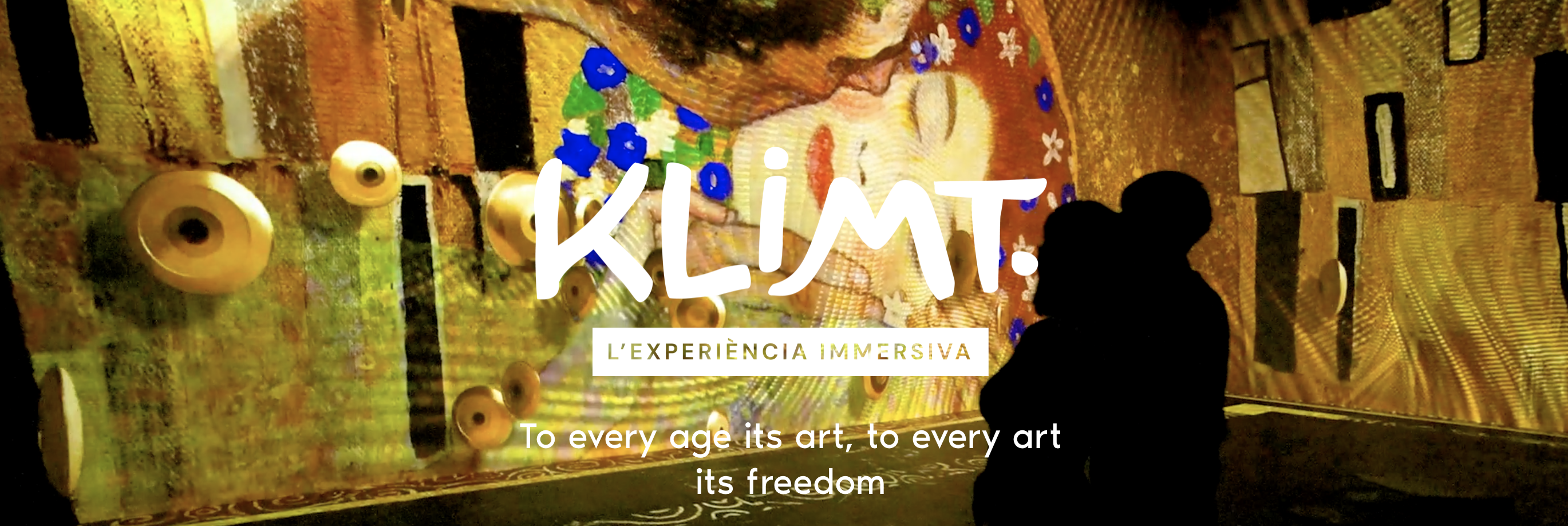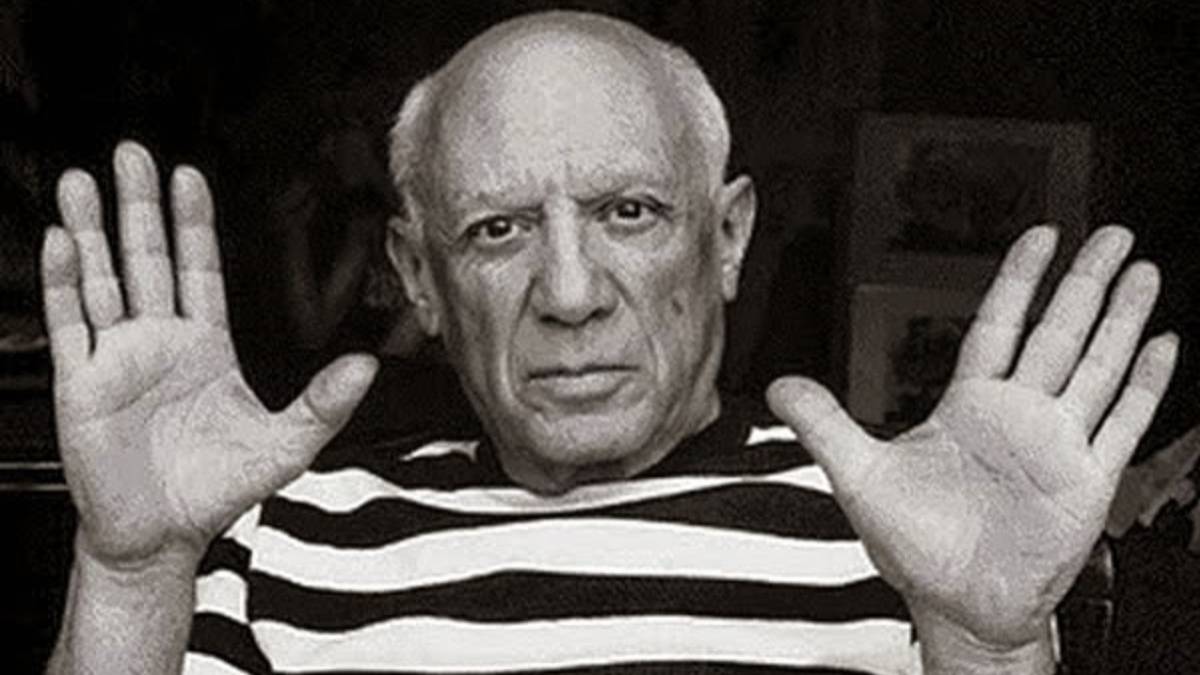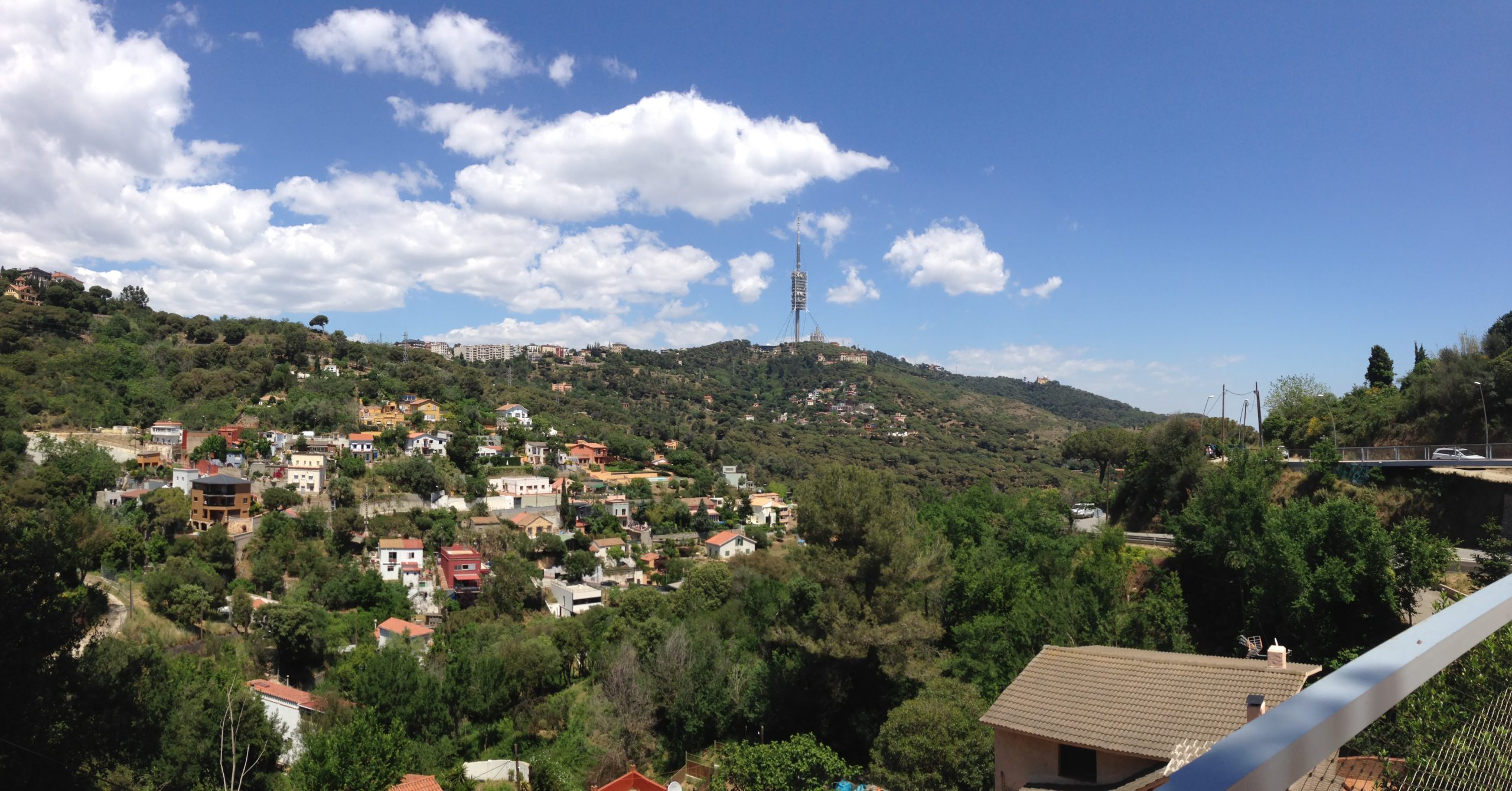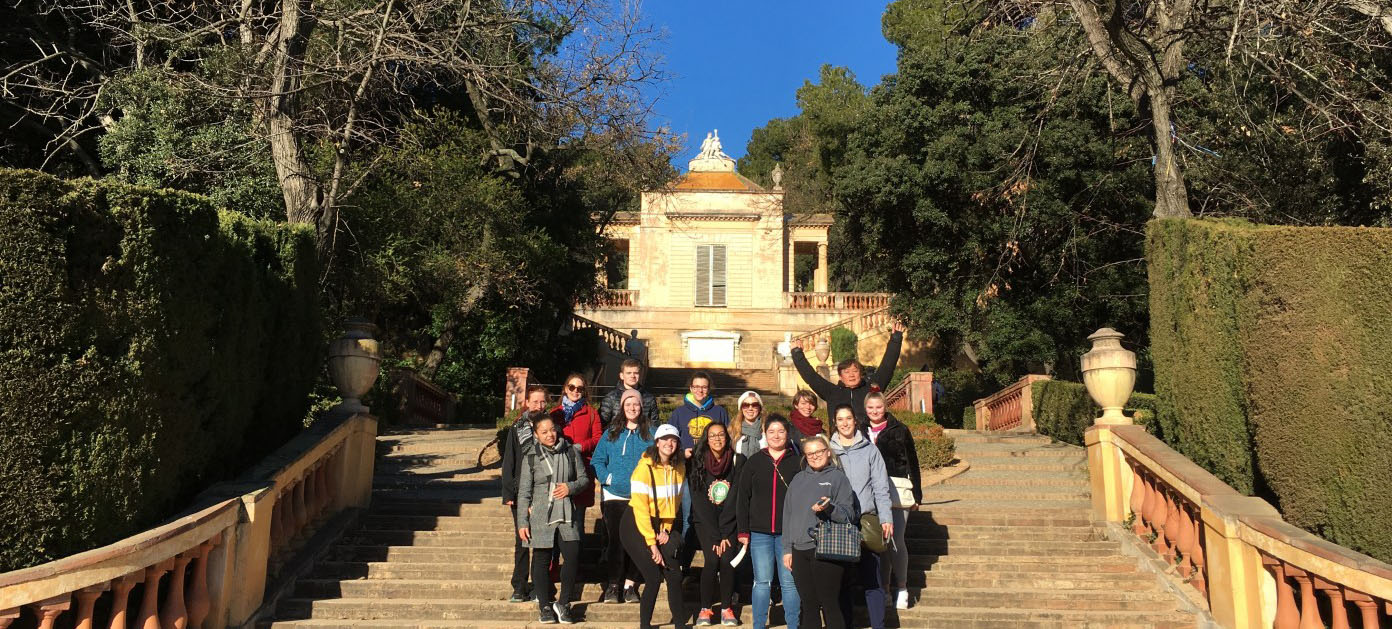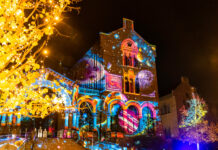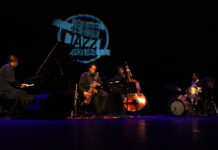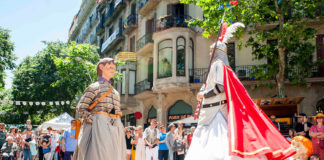Are you in Barcelona to learn Spanish with us but you wonder what you can do in your free time? Although there will still be a lot of things different this spring, you don’t have to get bored for a moment! Here are some cool suggestions…
(All events in this blog post observe the COVID-19 security measures.)
- La Mirada Captiva (exhibition): Since its appearance in 1839, the daguerreotype has had a deep fascination with the way in which these small silver plates seemed to capture, captivate, the enigma of human identity.
The daguerreotype was the first publicly available photographic process widely used during the 1840s and 1850s.
Object of demand by large sections of the population, especially in cities, would become an essential element in making photography, since its inception, a massive and close phenomenon. Fundacio Mapfre, Centre de Fotografia KBr., Avinguda del Litoral, 30.
Audio guides available in Spanish, Catalan and English. Entrance: € 4
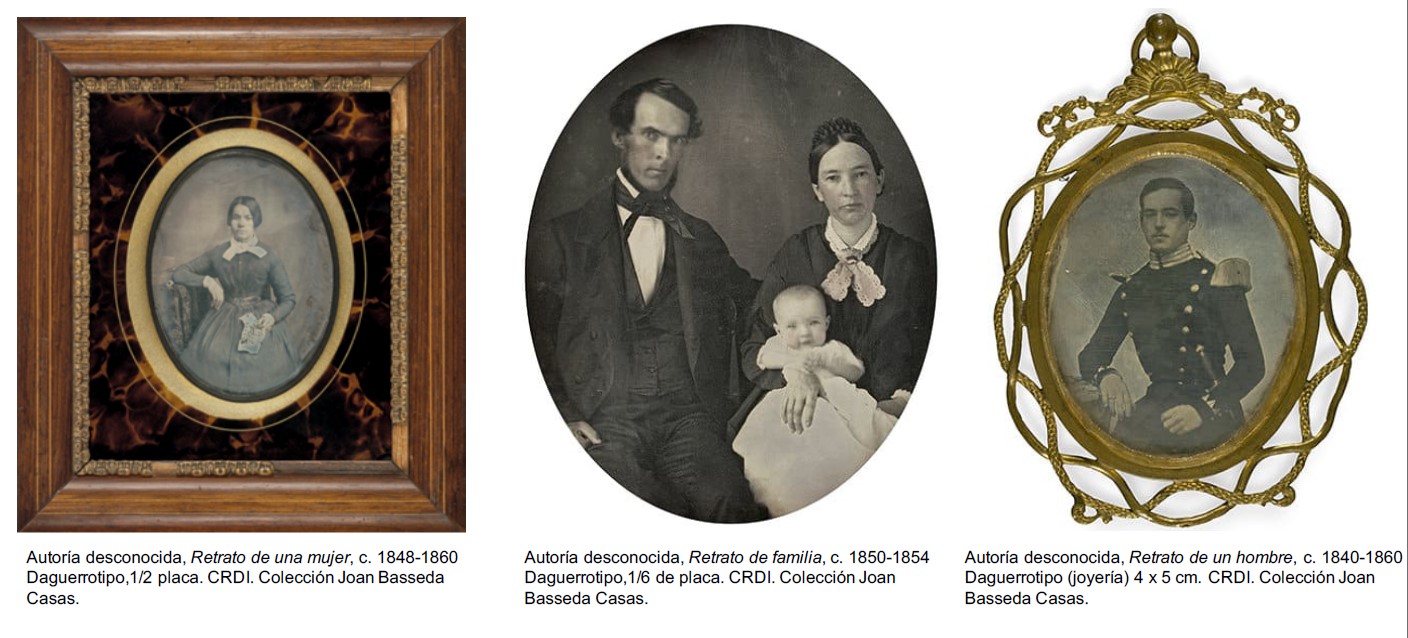
- Women Photographers in Barcelona (Barcelona Fotografes): This exhibition featuring seventy images in chronological order, displays is a unique opportunity to make the case for women’s role in the history of photography in Catalonia. Because even though historical narratives have kept them out of the spotlight, without these women photographers it is impossible to discover the real Barcelona. “Women Photographers in Barcelona” explores the ties between the history of the city and the images created by women photographers.This exhibition is linked to the book Barcelona. Fotògrafes/Fotógrafas, co-published by La Fábrica and Barcelona City Council. From to Plaça Comercial, in front of El Born CCM, Free admission.

- El sueño Americano (expo): Graphic art in North America, which emerged in 1960, provides a fresh and diverse vision of artists facing the different periods of profound social and political changes that have been and continue to be experienced in the United States. A unique opportunity to see pieces of graphic work by artists such as Andy Warhol, Jasper Johns or Robert Rauschenberg. CaixaForum, Av. de Francesc Ferrer i Guàrdia, 6-8, metro Plaza Espaya (L1, L3 and L8).

- La linea de costa (expo): The Castle of Montjuïc is hosting the exhibition “The coastline of Barcelona”, curated by Santiago Riera. The exhibition explains the evolution of Barcelona’s coastline on the basis of the relationship between humans and the sea, taking a historical tour of the transformation of Barcelona’s coastline, leaving room for reflection before a new stage marked by global warming and the challenges it generates in the field of sustainability. “The coastline of Barcelona” is an exhibition with a high experiential component, which uses different languages, technologies and formats to present the content. It is designed to be experienced with touchless technology, so that the visitor activates its contents without touching any of its elements and therefore respecting the regulations established against Covid-19. Until June 13th,Castell de Montjuïc, Carretera de Montjuïc 66, Bus 150.

- Klimt: The immersive experience: To every age its art, to every art its freedom | 360º projections. 1000m² of screen. Virtual Reality. The experience will consist of large format pieces to immersive 360º, virtual reality, projections and interactive propositions through artificial intelligence. Ideal,C/ Doctor Trueta 196-198, Poble Nou, metro Llacuna and Poble Nou (L4). Until the 28th of March, tickets €14,50 (+ €0,75 per order)

- Go to the Picasso museum for free on Thursdays: Every Thursday afternoons from 16:00 to 19:00 you can visit the museum of famous painter Pablo Picasso for free. 4 Days before you can get your tickets online to make sure you can get in because there is a very limited acces now.
The Picasso museum Barcelona is a key reference for understanding the formative years of Pablo Picasso. The genius of the young artist is revealed through the 4,251 works that make up the permanent collection. Furthermore, the Picasso museum, opened in 1963, also reveals his deep relationship with Barcelona: an intimate, solid relationship that was shaped in his adolescence and youth, and continued until his death. We suggest to watch a documentary about Pablo before you go, so that you will understand his art and different periods better. Museu Picasso, c/ Montcada, 15-23, metro L1 Arc de Triomf or L4 Jaume I.
In November we went to visit the museum as a school activity. Read here how it it was!

- Visit Museums:
The museums are open with a 33% capacity. ¡CCCB, MACBA, Picasso, Joan Miró, Cosmo Caixa are worth a visit!
- Go for a walk in the mountains: The Carretera de les Aigües is a 7.85km route. It is ideal for those who like to run and also for walks since the path does not require a physical push, it is flat, unpaved and in nature with wonderful views of the city. Check out here to find out how to get there.

- Visit The Labyrinth Park: The oldest park in Barcelona en not that well known among tourists. That’s why it stays an undiscovered treasure. The park is located in the district of Horta in the north part of the city. The park was built in 1791 by the marquis and landowner Joan Antoni Desvalls of d’Ardena. It is divided into two gardens: the older garden in a neoclassical style and the younger garden in a romantic style. Inside the old garden is a labyrinth. In the center of the labyrinth is a statue of Eros, the god of love. You can go there and try to be the first one who finds the centre of the Parc. Enjoy the trees and flowers in the beautiful garden around the labyrinth.The entrance is €2,23, on Sunday and Wednesday it is for free. Metro Mundet (L3).

-


